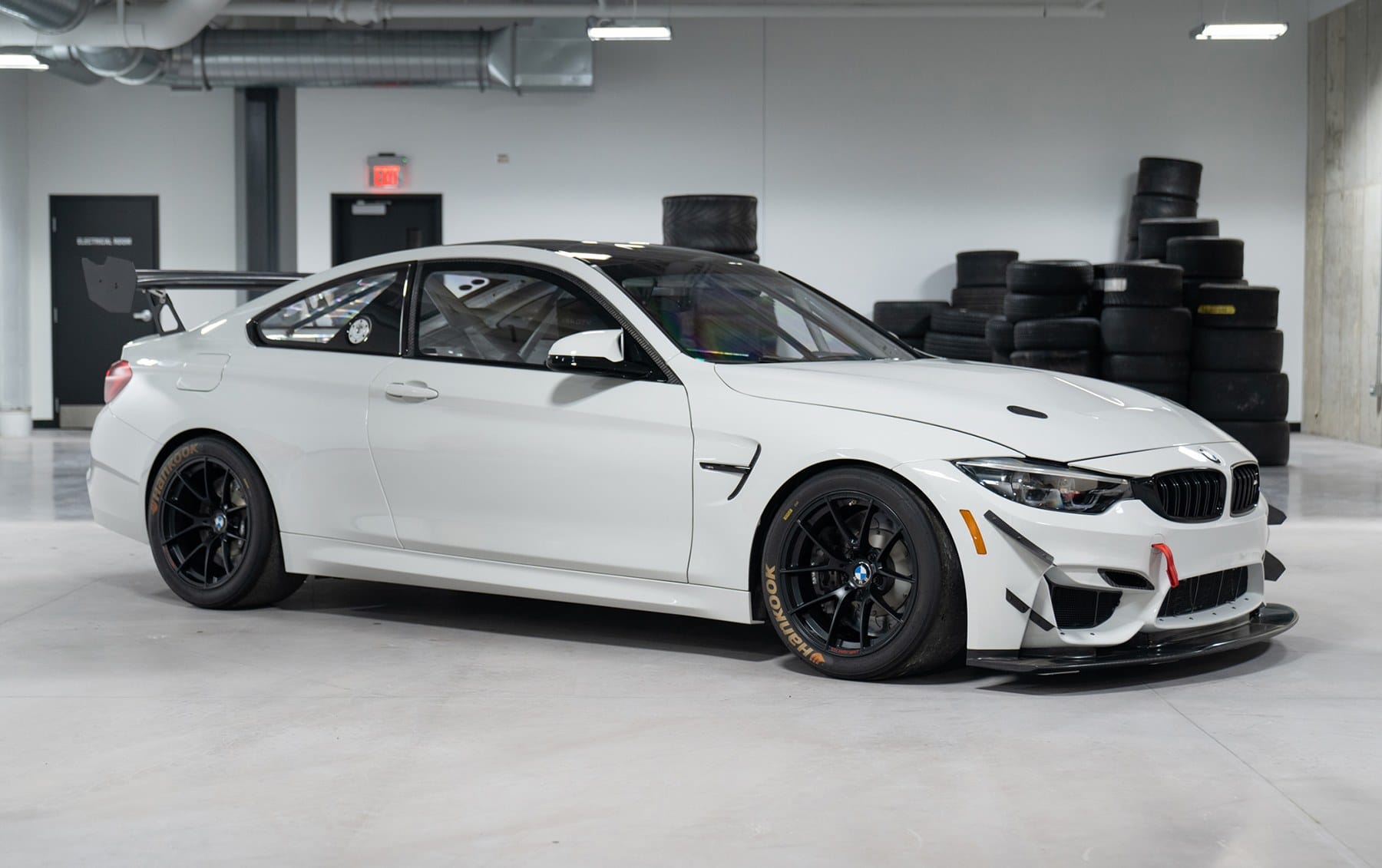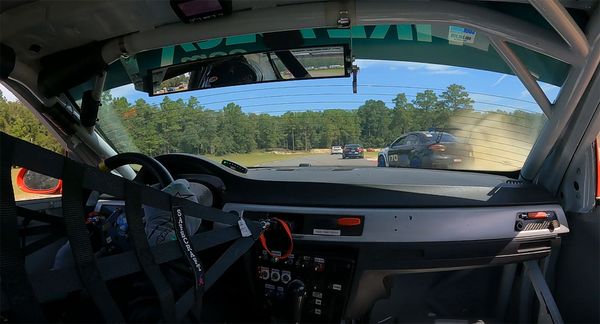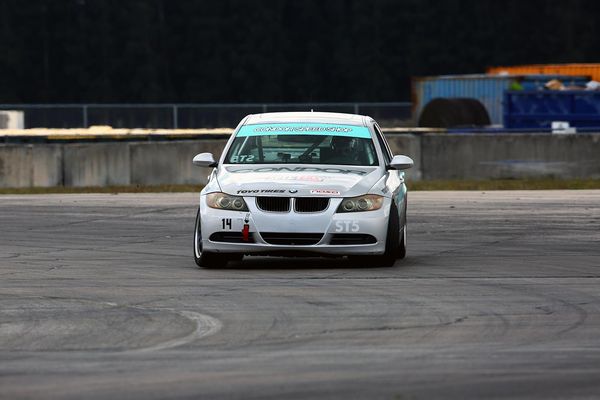This is my third draft of this post. I've written over 600 words each time before realizing that my writing wasn't supporting my intended conclusion that sometimes we don't know what we don't know.
This metaphor is also known as a black swan event: when something that we couldn't have predicted or that never crossed our minds as a possibility becomes true or is discovered.
When I bought my E90, it came with the previous owner's paperwork for the car, some of which were presumably notes that he took down when he purchased the car from Bimmerworld 7-8 years ago. The notes included the fill level for the oil, eloquently written as:
69qts (?)
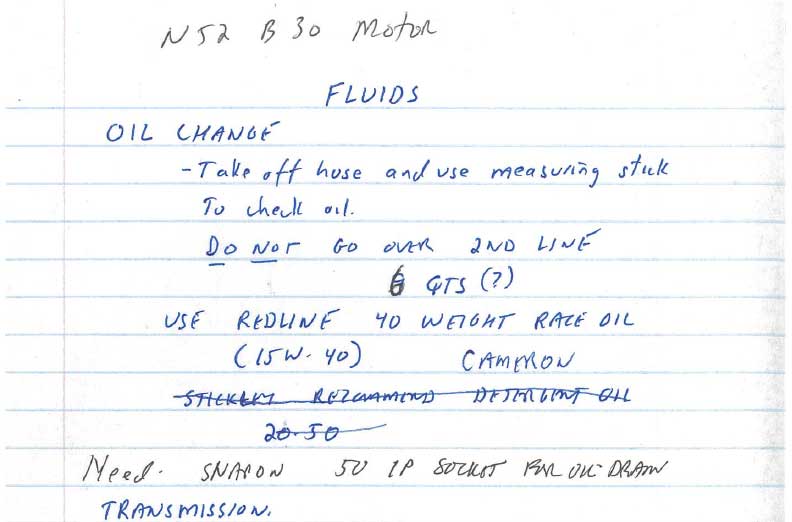
It also said, "DO NOT GO ABOVE 2nd LINE" [on the dipstick].
Armed with that info and the oil level safely between the two tick marks, I did my first track weekend with the car. It was fine for several sessions, but as I got more comfortable and pushed harder, I came onto the straightaway at Roebling Road only to realize that the low oil pressure warning light was on. The pressure seemed okay; maybe it was a fluke.
I got the warning light again in the next session, but I had hit zero pressure this time. Dang. The motor seemed okay, so I added more oil and finished the weekend.
Afterward, I changed the oil, which showed signs of bearing material, but I hoped it was a one-off occurrence and continued with a fresh fill.
As part of the oil change, I measured how much oil it took to get to the second line of the dipstick: 7 3/4 quarts. The stock fill was about 6 3/4 quarts, which sounded right – overfill it for racing use.
At the next event, I was still dealing with oil pressure drops, and the oil was looking worse. There were shavings and fine glitter in the oil, so I finally accepted that there was a bearing issue.
Did it exist before I bought the car? Did I cause it by running the car underfilled?
I don't know.
The car has lived a long life as a race car, and it was never rebuilt during the PO's time with the car, so it was likely long overdue for bearings.
I thought about sending it off to a shop to have the rod bearings done, but the car was blowing smoke on deceleration, and it could have used rings and a valve job as well. In other words, perhaps a full rebuild was in order.
Onwards and...?
To save time and money, I figured I might as well pull the motor and replace it with a low-mileage "junkyard" motor. I was under the impression the motors were basically stock, per the CTSCC rulebook.
I picked up a used N52B30 locally for $700 and spent about a month cleaning and re-sealing it. It started and idled great upon installing it, but it would break up and backfire if I tried to rev it.
Maybe the old motor was more modified than I thought?
With the car running, I contacted a tuner well-versed in these old CTSCC cars and mentioned that the car didn't want to rev up. He asked if I had installed the Bosch "Quick-Start" cam trigger wheels.

"No, I didn't," I answered. He went on to explain that the engine was indeed close to stock but that the cam timing and trigger wheels had to be modified to play nice with the Bosch Motorsports DME that was GrandAm mandated for the class.
"Okay, well, can you tune around the cam timing?"
"No."
SHOOT.
He said that he could swap over the necessary parts, but it required removing the head, which becomes a head job, which becomes... might as well rebuild the old motor.
That a stock motor would never work with the electronics in the car was a black swan event that I would never have seen coming when I embarked on the junkyard motor swap back in December.
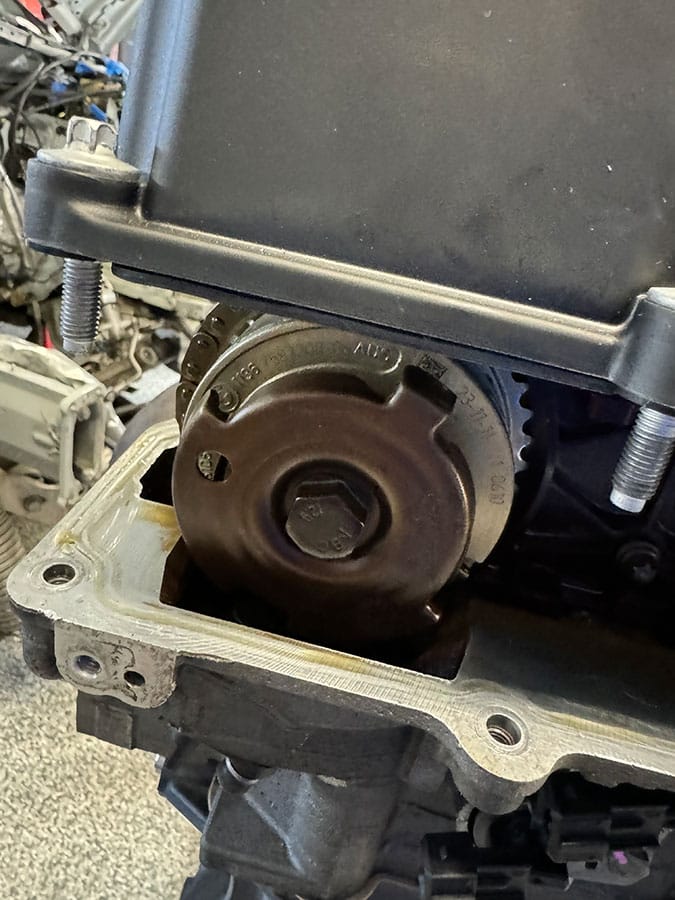
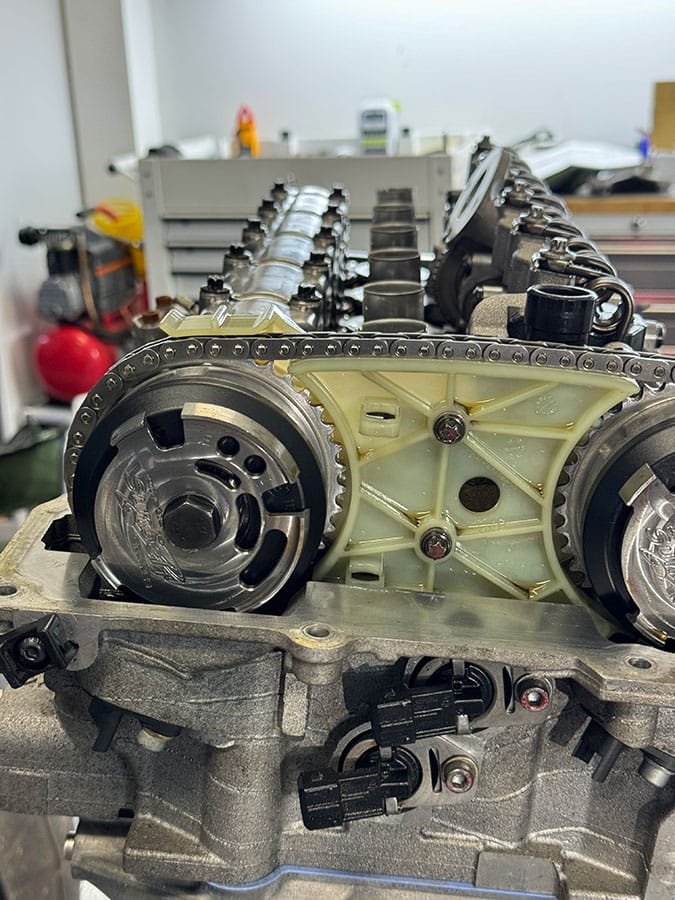
Stock trigger wheel versus the billet Sunbelt piece designed to Bosch's "Quick-Start" spec.
What Now?
I was able to track down and purchase a spare CTSCC-spec N52 motor said to have only break-in time on it (on an engine dyno). Thus far, the motor has checked out okay. It has the correct cam trigger wheels, and the bottom end has the same tell-tale parts as my old engine.
I hope this motor gets the job done because I can't afford another setback, figuratively and literally.
Prevention
My four theories on the old motor's oil pressure drops, listed in order of probability:
- Old, worn out motor with loose bearings.
- No longer functioning oil pan baffles.
- Underfilled oil level.
- Oil viscosity too thin for racing.
When I took the oil pan off the old motor, I was surprised to see that it had HBNR baffle flaps, and they were hardened stiff from heat cycles: they were likely 8+ years old, from whenever the motor was last opened. The rubber flaps are said to have a 2-year service life (at least according to Lotus).
I also came across this old post while researching the CTSCC engines. It was from RRT Racing, who ran 9+ quarts of oil in their CTSCC car.
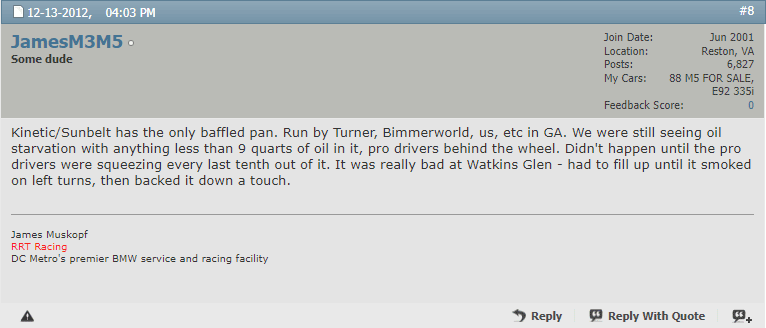
So, the scribbled-over note of 9 quarts might have been right all along.
I replaced all of the baffle flaps in the pan, will try heavier oils, and intend to run well over the 2nd fill line on the dipstick (probably in the range of 8.5-9+ quarts, or until overfilling causes another issue, like smoking or oil frothing).
Black Swans
I share this story because it's important to remember that it's okay when you don't know what you don't know. Although I wish the situation didn't turn out the way it did, I don't believe I made any egregious errors or mistakes.
Sure, I wish I had asked some more experts along the way. On the other hand, owning this car has been a process of self-discovery, as nobody is truly an expert in it any longer. Much of the knowledge around them has fallen to the wayside, as they have long since been replaced in professional racing.
I consider this my introduction to owning a "pro-level" race car. The learning curve was inevitable, considering the most advanced car electronics I'm familiar with is the $284 MicroSquirt ECU in my E30.
Let's hope for no more black swans any time soon.
Post Script:
When considering how much development race teams had to do themselves to build race cars out of production street cars, it makes more sense why pro racing has transitioned to homologated factory-built race cars. The entry costs are similar, but you take delivery of a high-performance, turn-key, body-in-white race car that just needs a livery applied and the cockpit adjusted to the driver. How sweet is that?
